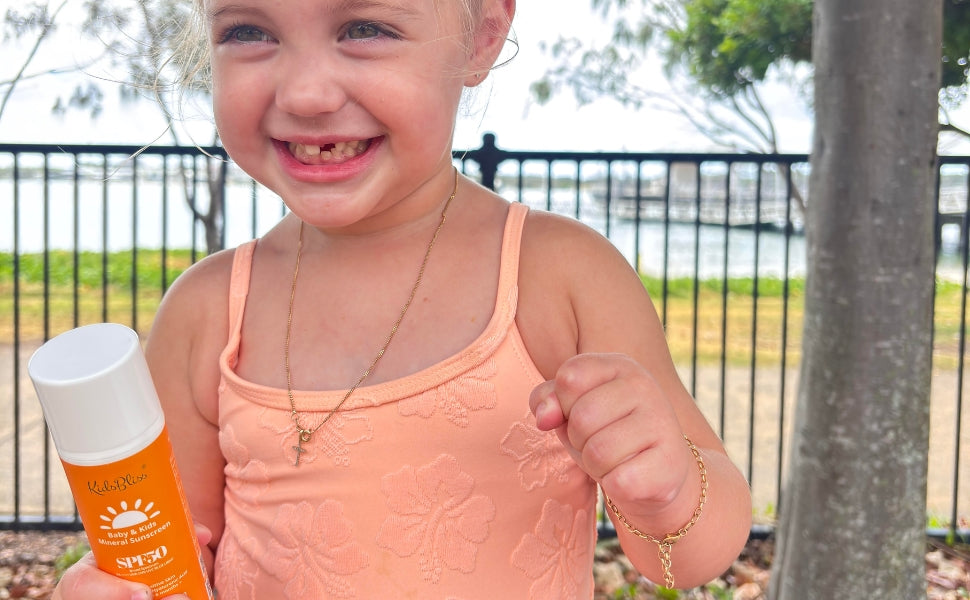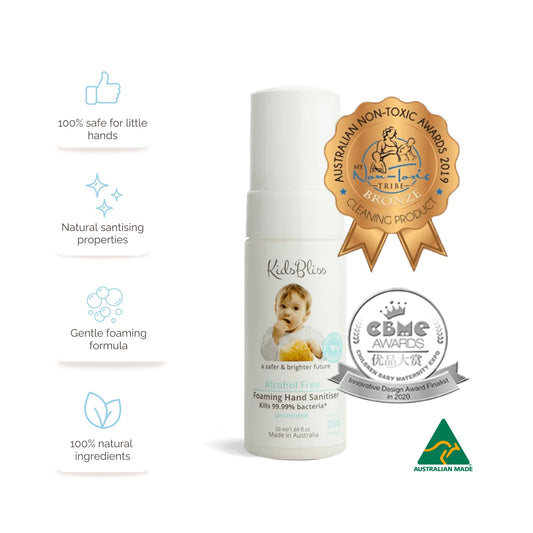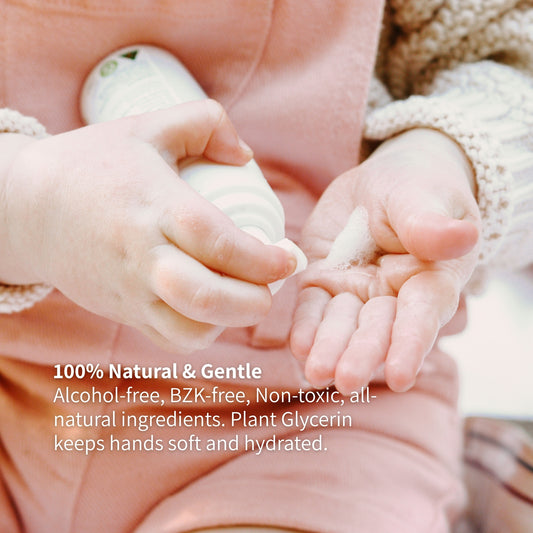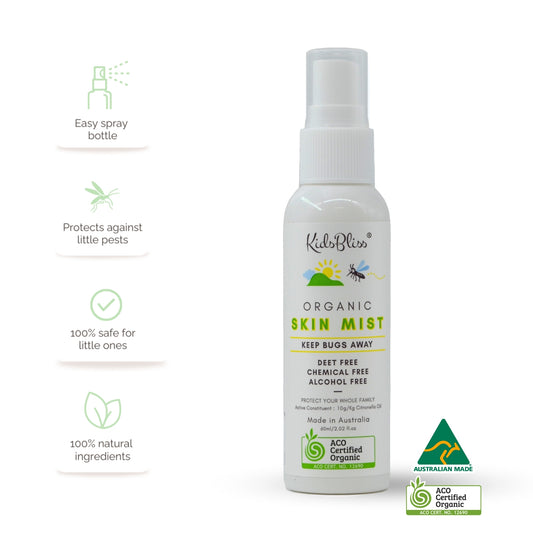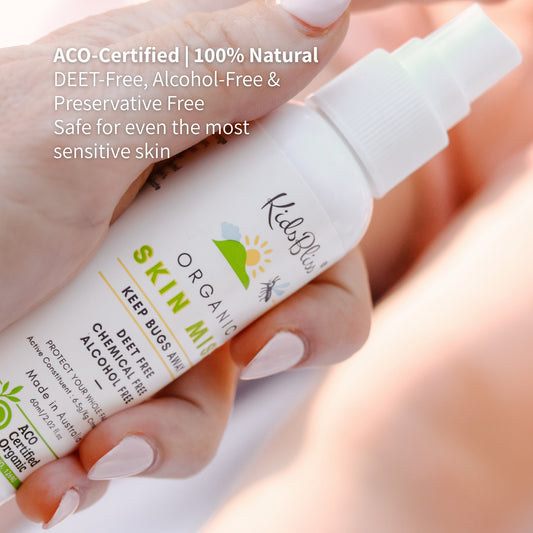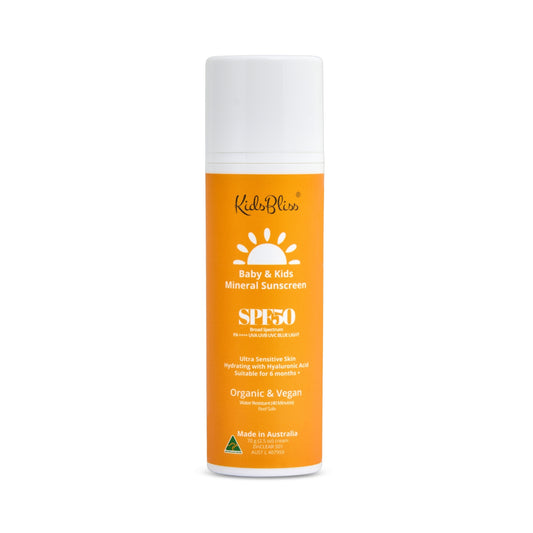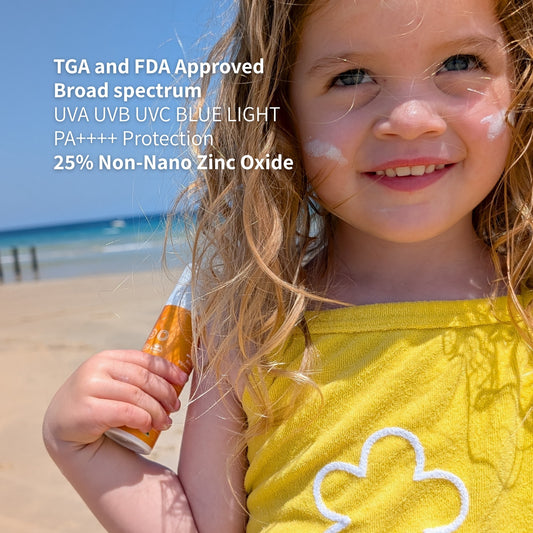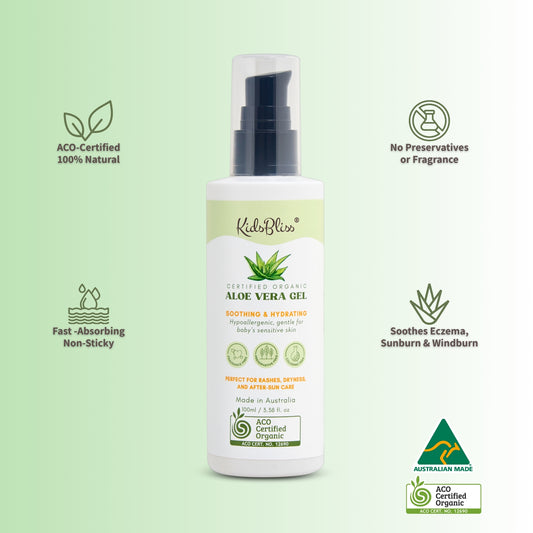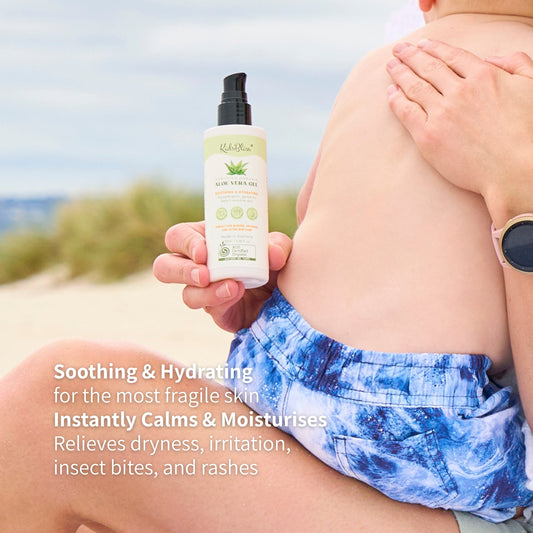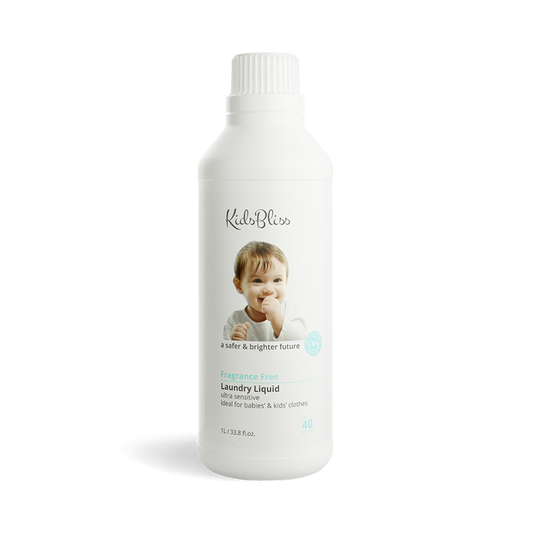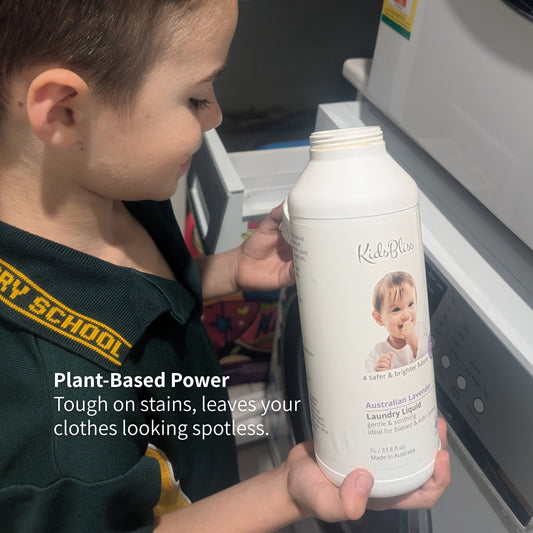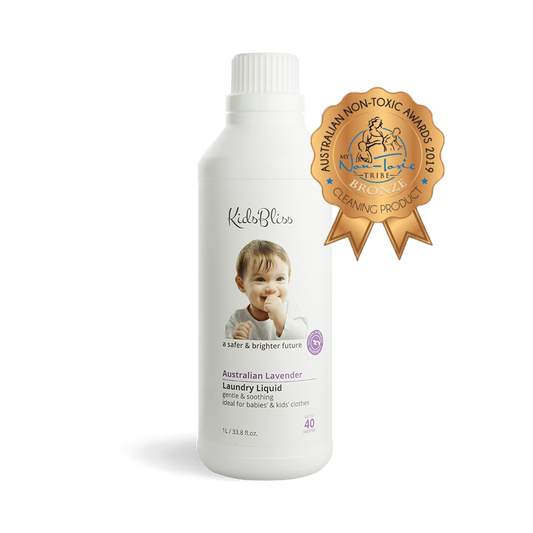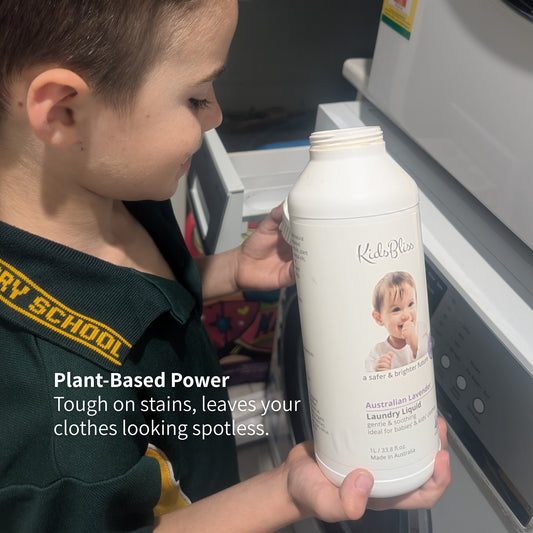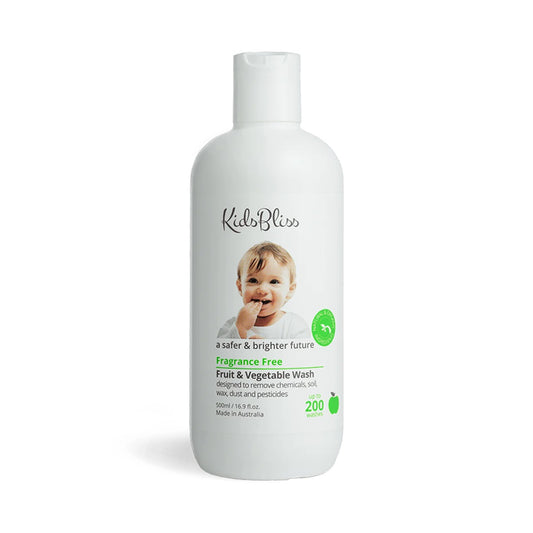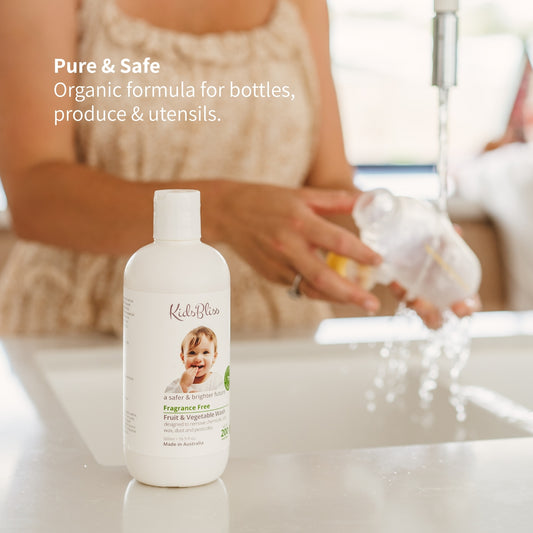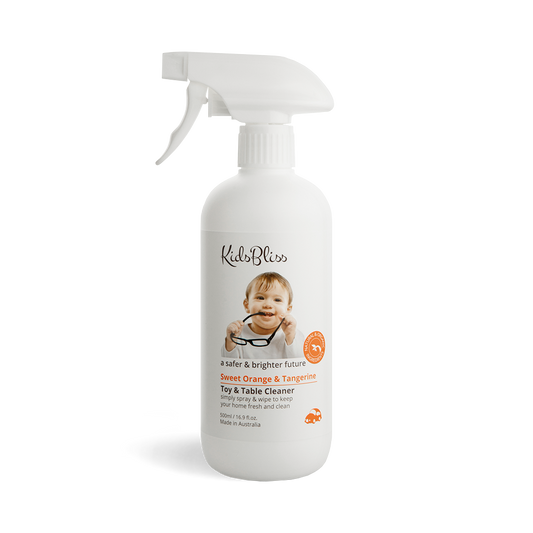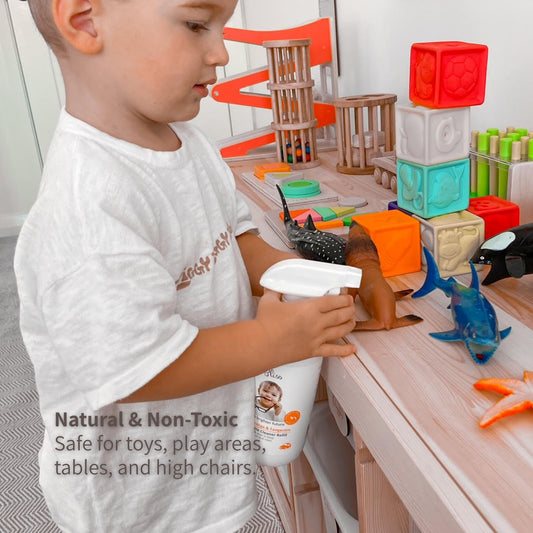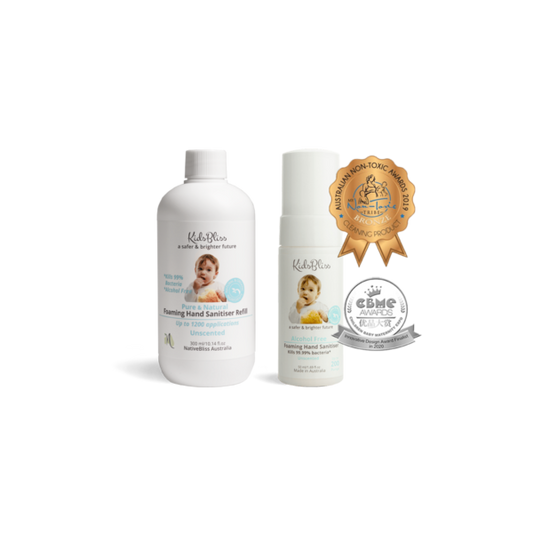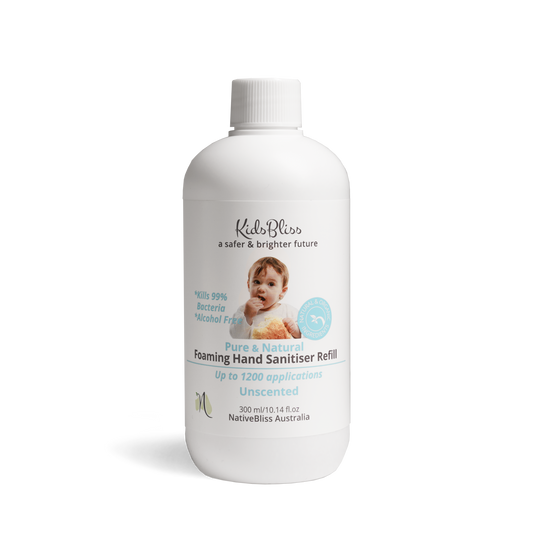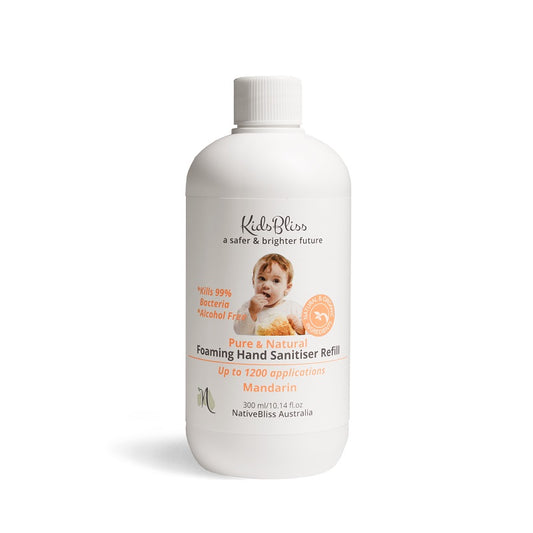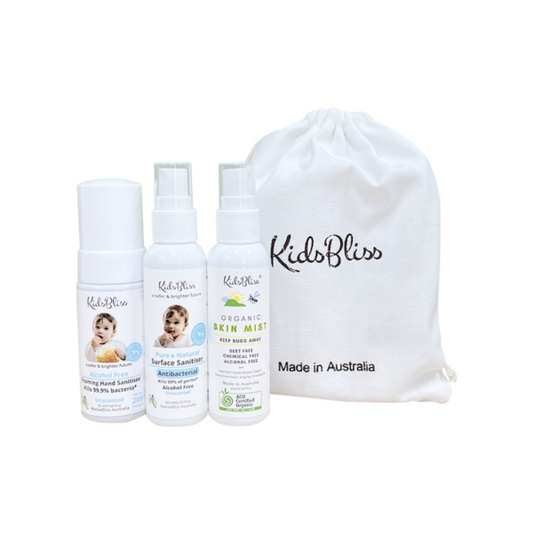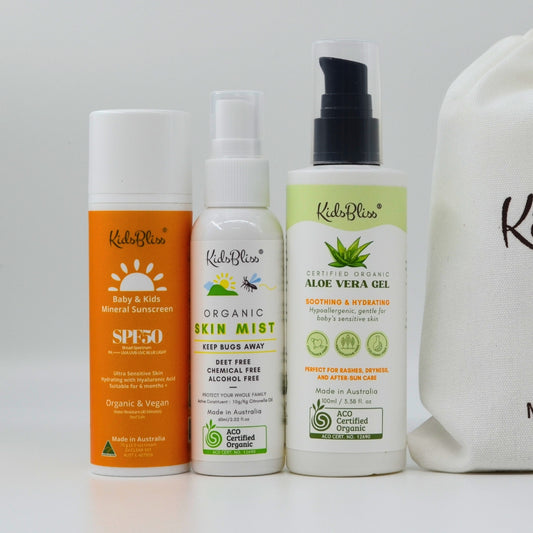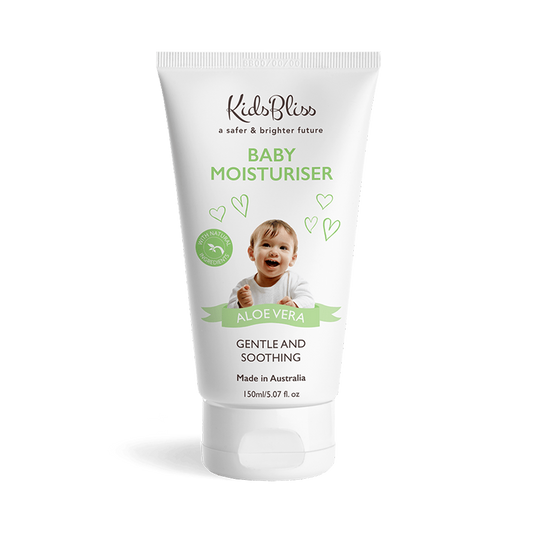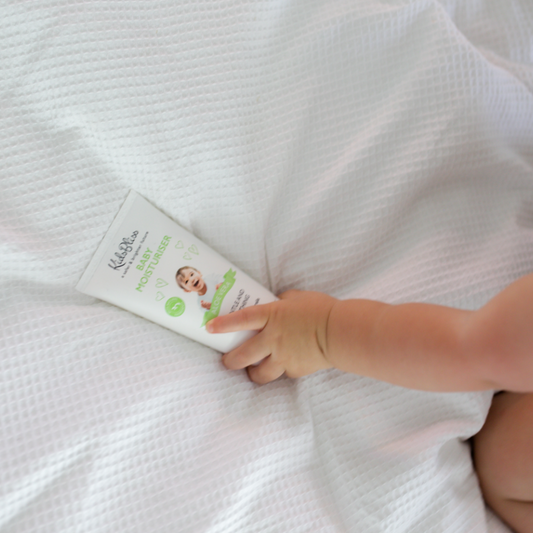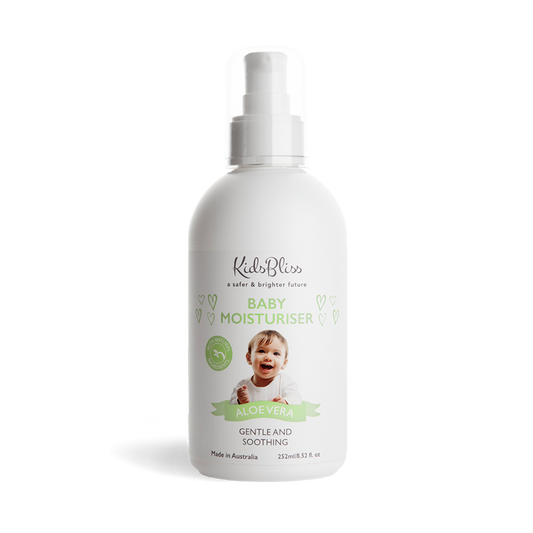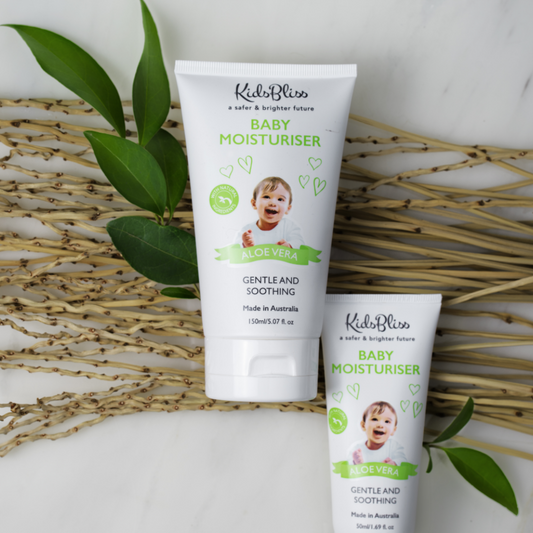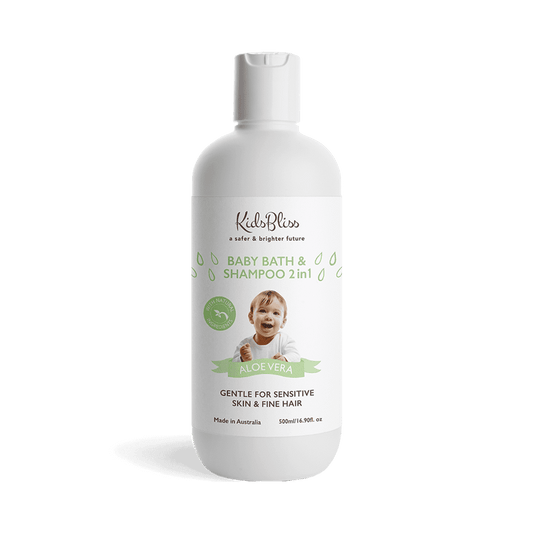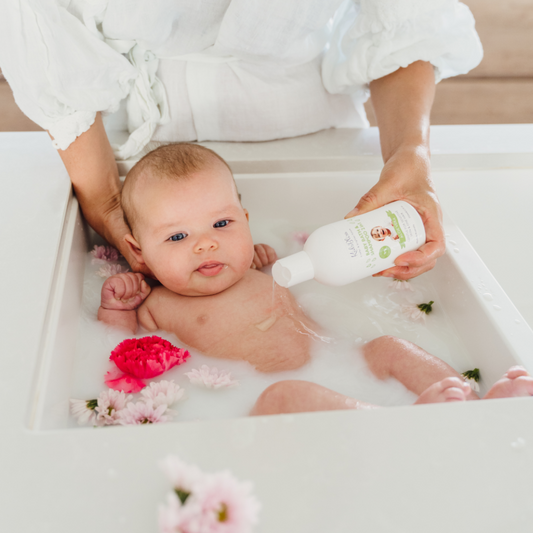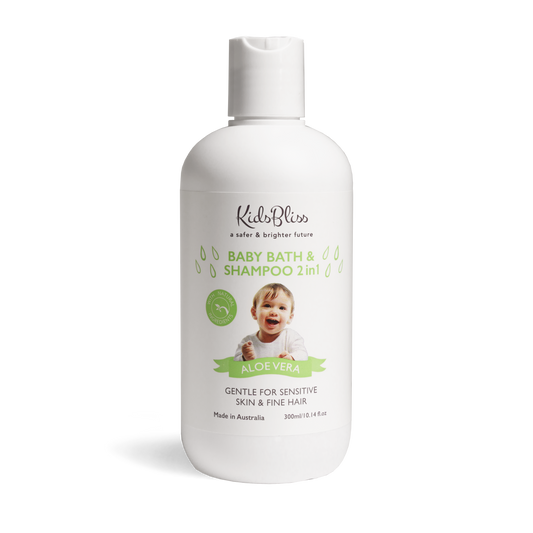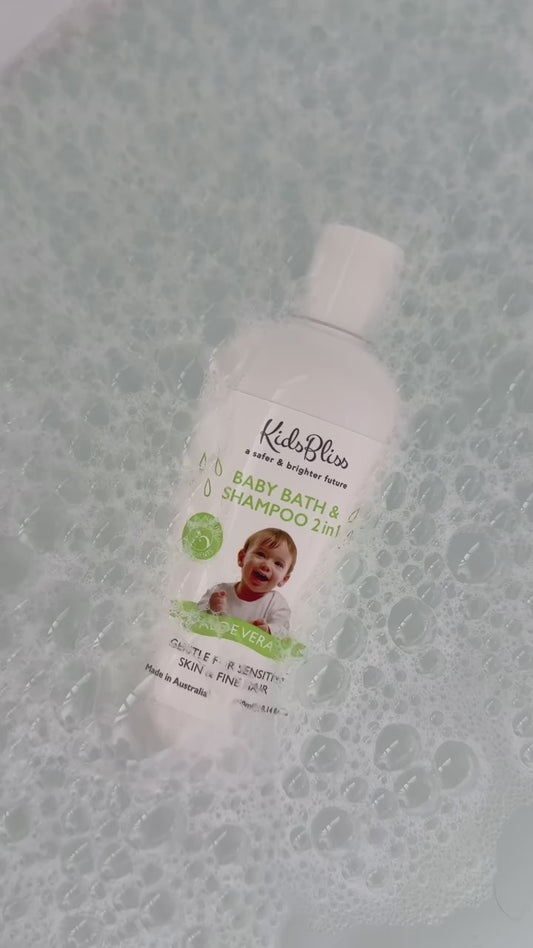Introduction: The Australian Sun - A Parent's Unavoidable Responsibility
For Australian families, the sun is a central part of life, woven into our identity and our most cherished memories. But with our beautiful climate comes a serious, non-negotiable responsibility. Australia has one of the highest rates of skin cancer in the world, a sobering reality that sees more than 2,000 Australians die from this almost entirely preventable disease each year.1 A staggering two in three Australians will be diagnosed with some form of skin cancer before the age of 70.3
The foundation for this risk is almost always laid in our earliest years. A child's delicate skin is far more vulnerable to damage than an adult's, and the ultraviolet (UV) damage accumulated during childhood and adolescence is strongly associated with an increased risk of skin cancer later in life.3 This is not a matter of chance; it is a matter of cumulative exposure.
This guide is designed to empower you with the definitive, evidence-based knowledge and practical tools to protect your family. We invite you to "Start Your Sun Safe Journey" with us, using the nationally recognized "Slip, Slop, Slap, Seek, Slide" framework as a clear, memorable roadmap to keeping your children safe and healthy under the Australian sun.3
Chapter 1: Understanding the Invisible Threat - UV Radiation Explained
To effectively protect our children, we must first understand the precise nature of the risk. The danger from the sun comes from ultraviolet (UV) radiation, an invisible form of energy that we cannot see or feel.3 Crucially, UV radiation is entirely independent of temperature.8 This means skin can be damaged just as severely on a cool, cloudy day as on a hot, sunny one, a fact that counters one of the most dangerous and pervasive sun safety myths.3 UV radiation can penetrate clouds and can even be more intense due to reflection.1
The key to knowing when to take action is the UV Index. This scale measures the intensity of UV radiation, and when the forecast UV Index is "3 or above," sun protection measures become essential to prevent skin damage.3 In most parts of Australia, the UV index is 3 or above from mid-August to the end of April.12 To make this actionable, you can check the daily local UV levels and sun protection times using the free SunSmart app or on the Bureau of Meteorology website.3

The Vitamin D Dilemma: A Clarification
A common and valid concern for parents is whether rigorous sun protection will lead to Vitamin D deficiency. Authoritative health bodies in Australia are clear: for most people, sensible sun protection when the UV is 3 or above does not put them at risk of deficiency.8 Most people get sufficient Vitamin D from just a few minutes of incidental sun exposure during everyday tasks, like walking from the car to the shops.8 Importantly, the body can only absorb a limited amount of Vitamin D at a time. Prolonged sun exposure does not continue to increase Vitamin D levels, but it does dramatically increase the risk of skin cancer.8 Overexposure is never recommended.17
Chapter 2: The 5 Pillars of Sun Safety - A Deep Dive
The nationally recognized "Slip, Slop, Slap, Seek, Slide" message is the gold standard for sun safety in Australia, endorsed by the Cancer Council.12 This chapter breaks down each of these five pillars into a comprehensive, actionable overview.
2.1 Slip on Protective Clothing
Clothing is your first, best, and most reliable line of defense against UV radiation.18
-
Coverage is Key: The goal is to cover as much skin as possible. Choose cool, loose-fitting clothes made from densely woven fabrics.18
-
The Fabric Test: A simple way to check a fabric's effectiveness is to hold it up to the light; if a lot of light gets through, a lot of UV radiation will get through as well.20
-
Understanding UPF: For guaranteed protection, look for clothing with an Ultraviolet Protection Factor (UPF) rating. This rating measures how much UV radiation a fabric allows to reach your skin. A garment with a UPF of 50 permits only 1/50th of the UV radiation to pass through it. UPF 50+ is the highest standard available and provides excellent protection, blocking at least 98% of UV rays.
2.2 Slop on Sunscreen
Sunscreen is an essential tool in your sun safety kit, but it must be used correctly and should never be the only method you rely on.3
-
The Non-Negotiables: Always opt for a sunscreen that is SPF50 or higher, broad-spectrum (protecting against both skin-burning UVB and deeper-penetrating UVA rays), and water-resistant.3
-
Application is Everything: Sunscreen must be applied liberally to all exposed skin 20 minutes before going outdoors.3 The recommended amount for an adult is approximately one teaspoon (5mL) for each limb, front, back, and face—a total of 35mL for a full body application.22 It is critical to reapply at least every two hours, or more often after swimming, sweating, or towel drying.3
-
Aerosols Not Recommended: Aerosol or spray sunscreens are not recommended by experts because it is extremely difficult to achieve an adequate and even application, often resulting in insufficient protection.3
2.3 Slap on a Hat
A correctly chosen hat is a critical barrier, protecting the highly exposed and sensitive skin on the face, neck, and ears.
-
The Best Styles: The most effective styles are broad-brimmed hats (with a brim of at least 7.5cm for adults), bucket hats (with a deep crown and angled brim of at least 6cm), and legionnaire hats, which have a flap that covers the neck and ears.3
-
What to Avoid: Baseball caps and visors are considered inadequate for comprehensive sun protection as they leave the neck, ears, and sides of the face completely exposed.3
2.4 Seek Shade
Using shade is a simple and highly effective way to reduce direct UV exposure.
-
Find or Make Shade: Actively encourage children to play under trees, shade sails, or umbrellas whenever possible, especially during the peak UV hours between 10 am and 3 pm.3
-
Shade Isn't Foolproof: It is a dangerous mistake to assume shade offers complete protection. UV radiation can still cause significant damage in the shade due to reflection and scattering from surfaces like sand, concrete, water, and even grass.3 Therefore, it's important to use other protection measures, like clothing and sunscreen, even when in the shade.23
2.5 Slide on Sunglasses
Protecting a child's eyes from UV damage is just as important as protecting their skin. Cumulative UV exposure is a significant risk factor for developing cataracts and other eye conditions later in life.20
-
The Australian Standard: It is essential to choose sunglasses that meet the Australian Standard AS/NZS 1067:2016. This should be clearly stated on the label or tag.20 Toy or fashion-labelled sunglasses that do not meet this standard should not be used for sun protection.14
-
The Best Fit: The most effective style is a close-fitting, wrap-around design, as this prevents UV rays from entering the eyes from the sides.3

Chapter 3: Age-Specific Sun Safety Strategies
Sun protection is not a one-size-fits-all approach. Needs evolve as a child grows, and this chapter provides tailored, authoritative advice for each developmental stage.
Newborns & Infants (0-12 months)
A baby's skin is incredibly delicate, sensitive, and more absorptive, making this a period of maximum vulnerability.6
-
The Golden Rule: Official recommendations from bodies like the Cancer Council are unequivocal: babies under 12 months of age must be kept out of direct sunlight whenever UV levels reach 3 or higher.3
-
The Sunscreen Rule: The Australasian College of Dermatologists does not recommend the widespread use of sunscreen on babies under six months old.23 For this age group, protection must come from physical barriers: dense shade, appropriate clothing that covers their skin, and soft, comfortable hats are the only recommended methods.5
-
Pram Safety: Never cover a pram with a blanket or cloth. This dangerous practice can restrict airflow and raise the internal temperature to unsafe levels.20 Use purpose-built mesh pram covers that allow for ventilation.

Toddlers & Preschoolers (1-5 years)
This is the critical age for building lifelong habits. The key is consistency and positivity.
-
Managing Resistance: Many toddlers will resist wearing hats or having sunscreen applied. It is crucial to be persistent. By consistently and calmly making it a non-negotiable part of the "going outside" routine, it will eventually become accepted.20
-
Empowerment through Choice: Involve your child in the process. Let them choose between two sun-safe hats or help you apply the sunscreen by making dots on their skin that they can then rub in. This gives them a sense of control and makes them an active participant.
School-Aged Children (5-12 years)
As children gain independence, your role shifts from direct application to empowering and monitoring them.
-
School Safety: On days when sun protection is needed, apply sunscreen before school and pack a small, easy-to-use tube in their bag so they can reapply it themselves before recess or lunch.3 Check your school's sun protection policy to ensure it aligns with best practices.12
-
Be a Powerful Role Model: Research and common sense confirm that children are far more likely to adopt sun protection habits if they see the adults around them doing the same.3 Your actions—wearing your own hat, sunglasses, and sunscreen—are your most powerful teaching tool.
Chapter 4: Beyond the Beach - Sun Safety in Everyday Life
One of the most significant contributors to lifetime UV exposure is not from planned events like a trip to the beach, but from "incidental" exposure.27 This is the cumulative UV damage that occurs during everyday activities, often without us even realizing it.1
This includes the short walk to and from the car, playing in the backyard, sitting near a window on a long car journey (as untinted side windows do not block all UV radiation), or even just waiting for the bus.30 This reinforces the critical concept that sun safety is a daily, year-round habit, not just a holiday precaution.2
Chapter 5: Common Sun Safety Myths Debunked
Dangerous misinformation about sun safety is widespread. Here are the scientific facts to counter some of the most common and harmful myths.
-
Myth: You can't get sunburnt on a cloudy, cool, or windy day.
-
Fact: This is unequivocally false. Sun damage is caused by UV radiation, not temperature or visible sunshine.8 UV can easily penetrate clouds, and on some days, reflection from clouds can even intensify UV levels.1 What people often call "windburn" is almost always just sunburn that occurred on a windy day.1
-
-
Myth: A tan is a sign of good health.
-
Fact: There is no such thing as a safe or healthy tan.30 A tan is a visible sign of trauma. It is your skin cells producing more pigment in a desperate attempt to protect themselves from further DNA damage caused by UV radiation.27
-
-
Myth: People with olive or darker skin don't need to worry about skin cancer.
-
Fact: This is a dangerous misconception. People of any skin tone can get skin cancer.8 While the risk is lower than for those with very fair skin, individuals whose skin tans easily can still receive enough cumulative UV exposure to be at significant risk and must use all forms of sun protection.16
-
-
Myth: Wearing SPF50 allows you to stay in the sun longer than SPF30.
-
Fact: False. No sunscreen is a "suit of armour," and it should never be used to extend your time in the sun.1 The difference in UVB protection between the two is marginal: SPF30 filters about 96.7% of UVB, while SPF50 filters 98%.1 The key to effective protection is liberal application and reapplication every two hours, regardless of SPF.1
-
Conclusion: Your Family's Sun Safe Journey Starts Today
Protecting your children from the sun is one of the most profound and lasting gifts you can give them for their long-term health. It is a fundamental pillar of preventative healthcare in the Australian environment. By understanding the real risks, consistently applying the five pillars of sun safety, and embedding these actions into your daily family routine, you are building a legacy of health that will last a lifetime. Remember, it is never too late to start protecting your skin.27
Ready to take the next step and make sun safety simple for your family? Download our comprehensive "Family Sun Safety Checklist" to help you prepare for every outdoor adventure.

